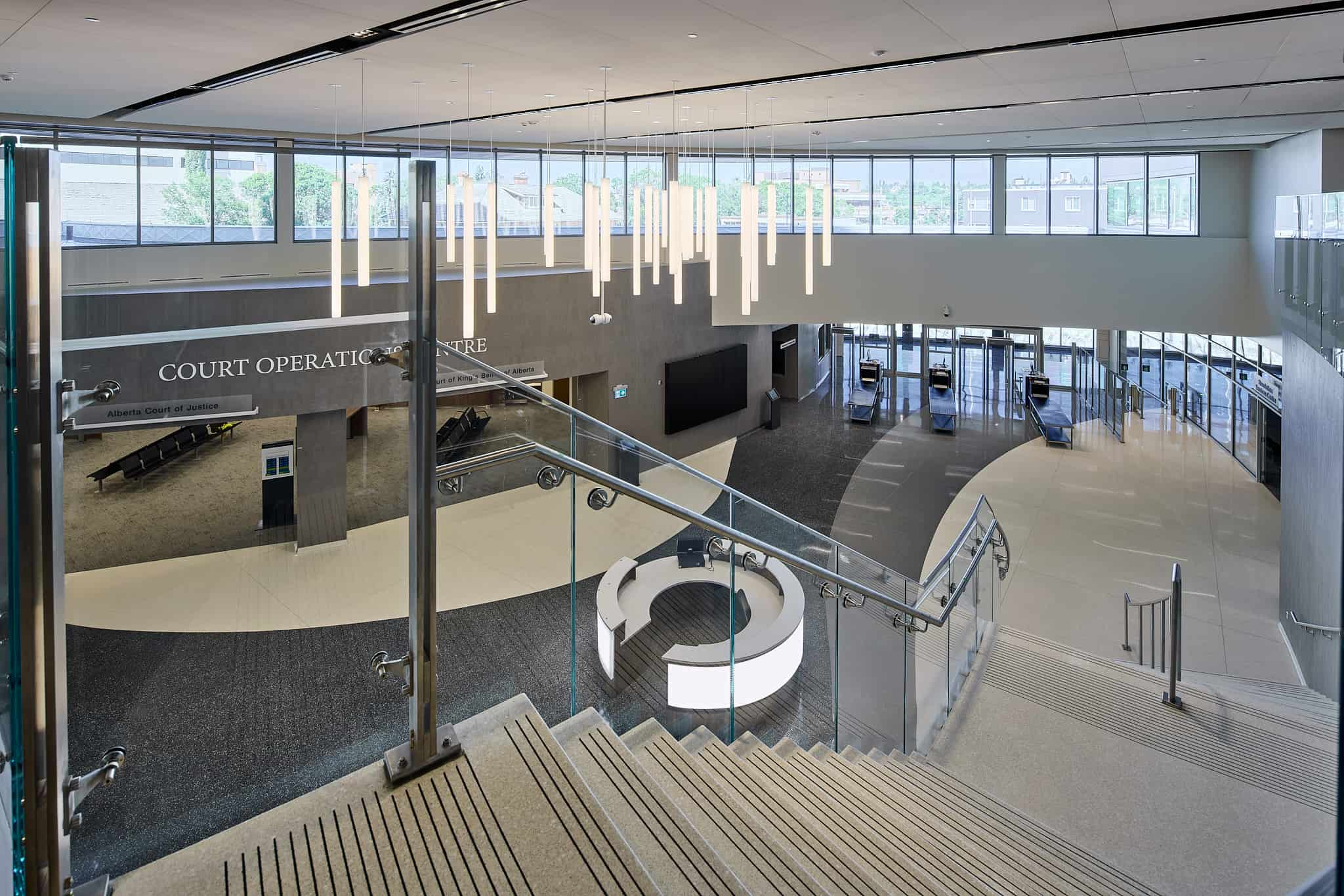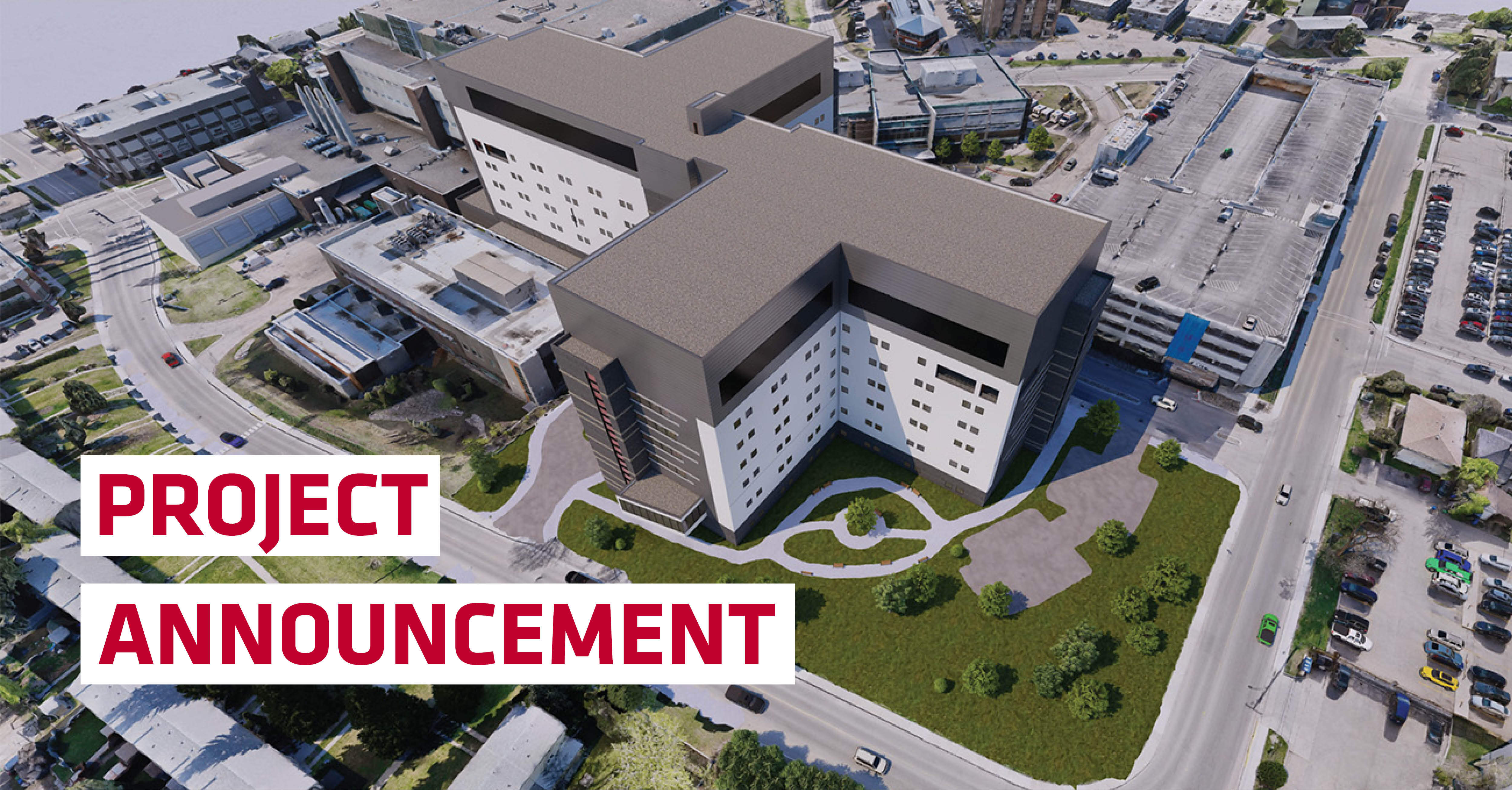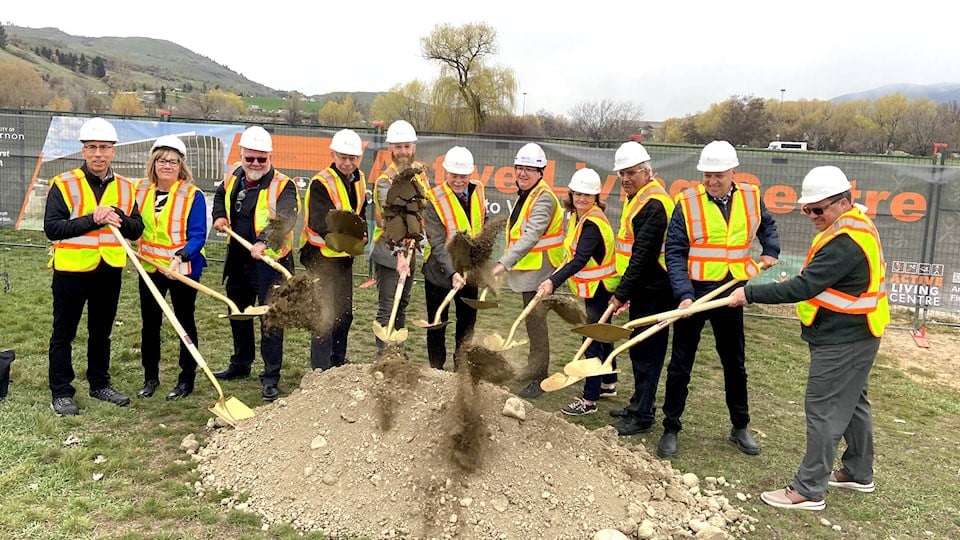At Clark Builders, our 50-year philosophy has always been simple: take care of today and tomorrow takes care of itself. We believe that doing good work and treating people well today naturally leads to new opportunities tomorrow. We credit this approach for a great deal of our success.
Doing good work and building relationships has always been central to our ethos at Clark Builders. It’s helped us form an incredible team and enduring relationships with our clients, consultants and trade partners. This mindset has been a cornerstone of our success, and it’s exactly what makes Integrated Project Delivery (IPD) such a natural fit for us.
IPD evolved out of the United States in the late 1990s and early 2000s in response to the adaptation of Lean manufacturing principles and their application to design and construction. The central goal of IPD is to maximize benefits by minimizing waste, leaving the owner with exactly what they want. Accomplishing this requires all parties involved in a project to work together as a team—and to ensure they do; they’re contractually bound to perform as one.
Just as IPD emerged from Lean principles, our embrace of IPD a decade ago naturally evolved from our origins as a relational contractor. With a historic focus on construction management and design-build projects, rather than traditional bid-and-build methods, we engaged a new level of collaboration, integration, and value when we began our first IPD project, a Student Residence as part of Red Deer Polytechnic’s Alternative Energy Initiative.

Red Deer Polytechnic's Student Residence
Building Better, Faster, Stronger.
As projects become more ambitious and complex, a larger team is needed to see them through. The more people involved, the more susceptible a project is to inefficiencies, cost overruns, and delays. That’s why a cohesive team that works as one is essential to eliminating wasted time and resources. This is the foundation of Integrated Project Delivery.
IPD integrates the owner, consultants, general contractor, and major trade partners into the design stage. Together, they explore the value of the product and establish a plan through target costing. Before a project is even designed, the partners have reviewed the plan, leveraged their expertise, and identified potential issues. The early stages of IPD can be time-consuming, but this groundwork streamlines construction later, saving time and money, while allowing partners to stay flexible as the project develops.
“We prefer the IPD approach as it allows us to engage from the earliest stages, working collaboratively with all stakeholders to determine the best way to meet our client’s needs. This open, transparent, and team-driven process ensures alignment and shared success. However, for IPD to be truly effective, it requires the right mix of personalities—people who are committed to collaboration and focused on delivering the best outcome for the client,” says Kim Connell, Senior Vice President, Development and Strategy.
We are seeing this in action with a concert hall project in the Thompson River Valley. Right now, the focus is less on the building itself and more on unencumbering the site, diverting a fibre-optic superhighway, rerouting sewer lines, and coordinating with multiple utilities, all of which are on the critical path. This early work informs the project budget, minimizes surprises, and addresses long timelines proactively, avoiding delays and last-minute scrambling. By tackling these challenges upfront, the team can focus on what’s truly needed for the “whole” project.
.jpg?width=570&height=391&name=Kamloops%20Big%20Room%20%20(1).jpg)
Collaborative Big Room Approach
IPD allows construction to go beyond just being purpose-built. It maximizes value creation by keeping the end goal in sight—what and who is the building for, and who is it benefitting? Every team member approaches the project through this lens, ensuring that the result is a building tailored intentionally for its unique purpose, from design to substantial completion.
Another example is an IPD contract in the construction phase for a university that attracts international students. To understand the “why” behind the project, advocates from the student union brought in students studying abroad and asked them, in their own words, what a residence needs to make a comfortable home away from home. That input became part of the design process and was distilled into the site safety orientations that every worker on the project went through.
The human aspect of IPD is critical to its success, transcending contractually shared responsibility to foster a genuine sense of purpose among the team.
“The whole notion of IPD is one of a collection of individuals and a collection of companies by contract coming together, stripping themselves of all their internal processes, procedures and brands to form this little microcosm of a team that has the sole purpose of delivering value and an owner’s vision for one project,” says Aaron Corser, Project Executive.
This clarity enhances the team’s collective motivation and elevates the quality and impact of the work, especially when the project serves community, healthcare or Indigenous specific needs. Equally important is the culture in building a foundational community among the team members, owners, and trade partners.

Vernon Active Living Centre Project Team
Designing a Different Culture
The IPD validation process begins with the team establishing its core values. Trust, honesty, and respect are often high on the list, but in some cases, other values emerge. Recently, a Clark Builders project emphasized “fun”—an intention that helped keep the team aligned and optimistic through some of its more challenging aspects.
Respect for the team is fundamental in all Clark Builders contracts, but it’s especially imperative in IPD. Experience shows that when people feel valued and enjoy their work, they’re motivated to come to work each day with energy and enthusiasm. We also understand that we don’t have all the answers, and by creating an environment where people feel appreciated and comfortable sharing their ideas, everyone benefits from a team that is more than the sum of its parts.
IPD presents an incredible opportunity to break through siloed skill sets and think not just as carpenters or builders but as architects, mechanical contractors, or civil engineers. Leveraging the team's collective expertise helps spot potential issues early on and creates a culture of safety that encourages people to suggest solutions outside their area of proficiency. Sometimes, an unconventional solution is precisely what the problem needs—it just takes a fresh set of eyes to see it.

Dr. Anne Anderson High School Big Room Exercise
“We listen to each other, we establish values for the team, and we decide what is best for the project. The most comforting feeling to me is facing a challenge with a talented team and developing a solution together,” says Cory Snell, Senior Superintendent.
One of the key principles of Lean construction is the notion that the industry is notoriously inefficient and has not kept up with other industries in providing value. Toyota, who introduced Lean in the post-war 1950s, pioneered the idea that any worker could halt the assembly line if they noticed an issue. Similarly, this spirit of continuous improvement inherent in Clark Builder’s IPD projects empowers anyone on the team to speak up if they see something that isn’t working well or has room for improvement.
The Potential of Integrated Project Delivery
As builders, the IPD model largely de-risks how we deliver projects because it requires everyone involved to align on a central goal, eliminating competing value propositions. We don’t have a definition of success as Clark Builders; we have a definition of success as an IPD team. This shift permeates everything from the process to the project culture. Even site signage and email signatures display the team’s name rather than “Clark Builders”. Effectively delivering the full value of IPD often means de-branding the project entirely.
Considering its benefits, IPD might sound like a utopian solution, but it’s not ideal for every project. The nature of IPD requires an open-minded team, which can be challenging—even in the most receptive group. The potential value of these projects is immense, but because of the extensive groundwork required, IPD is best suited for complex projects.
At Clark Builders, we take the “purpose-built” aspect of IPD even further by applying it to our people and building exceptional teams. “We do this by implementing strength-based assessments for each team member, so they can leverage their skills effectively and allow us to build high-performing teams,” adds Corser. In addition to creating efficiency, this method also leads to greater job satisfaction—and in turn, that joy is exactly what they get out of IPD.
“IPD offers a chance to play to our strengths, to play to the things we’ve learned in the past 50 years, to leverage them to the benefit of the project and enjoy our work more,” says Scott Benoit, Director, Project Development. “As everything becomes more automated and digitized, IPD offers the promise of being in a room together, solving problems together, and making friendships that carry you through challenges together.”
“Our ability to draw upon the past and our history of work completed in different markets and locations—from overseas to Northern Canada is exciting and provides us the ability to be leaders in IPD,” adds Snell.
Integrated Project Delivery can seem intimidating for anyone who hasn’t been a part of one. To those people, we encourage you to go for it. IPD can be learned, and it’s an extraordinary opportunity for those who are the best in their field to come forward with their expertise to create something truly transformative. We hope to collaborate with you on one in the future. If you’re looking to start a project with Clark Builders, get in touch today.


